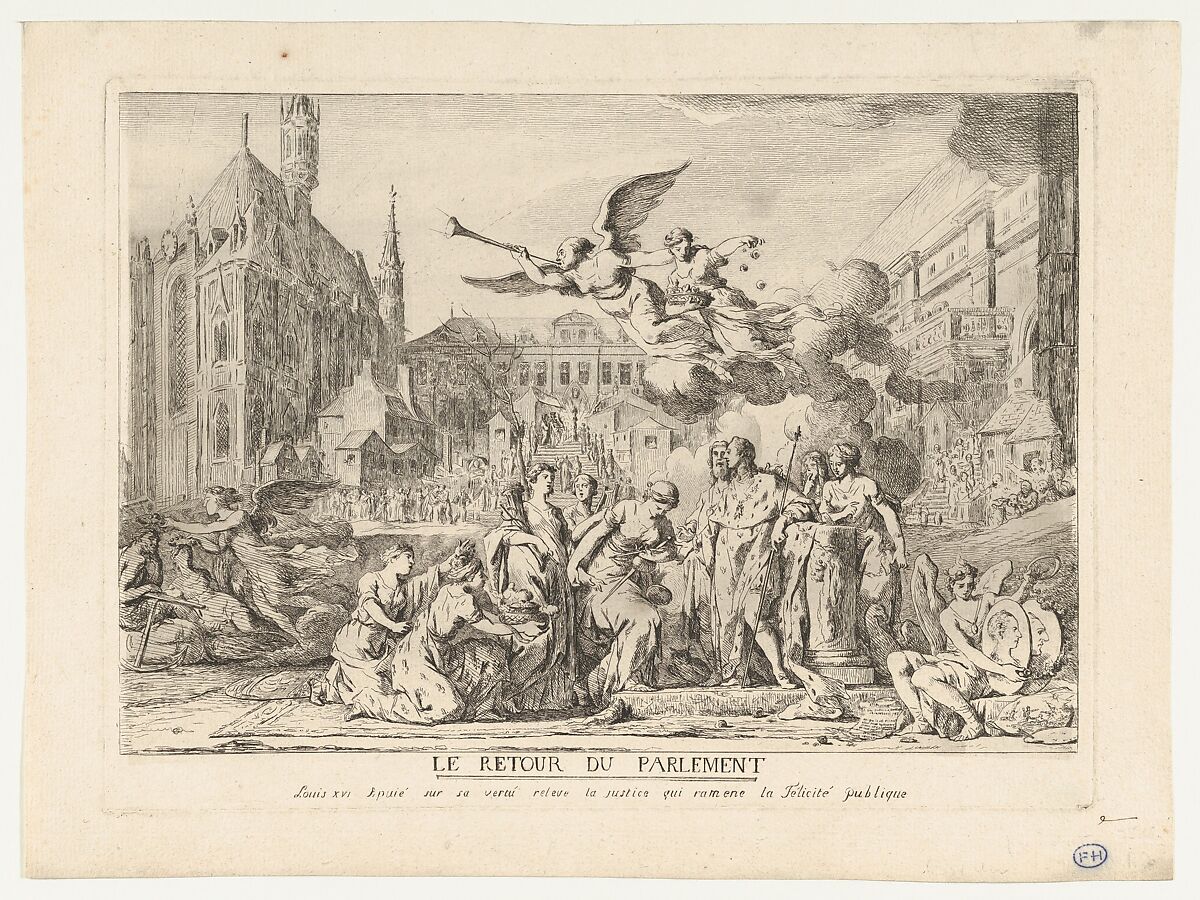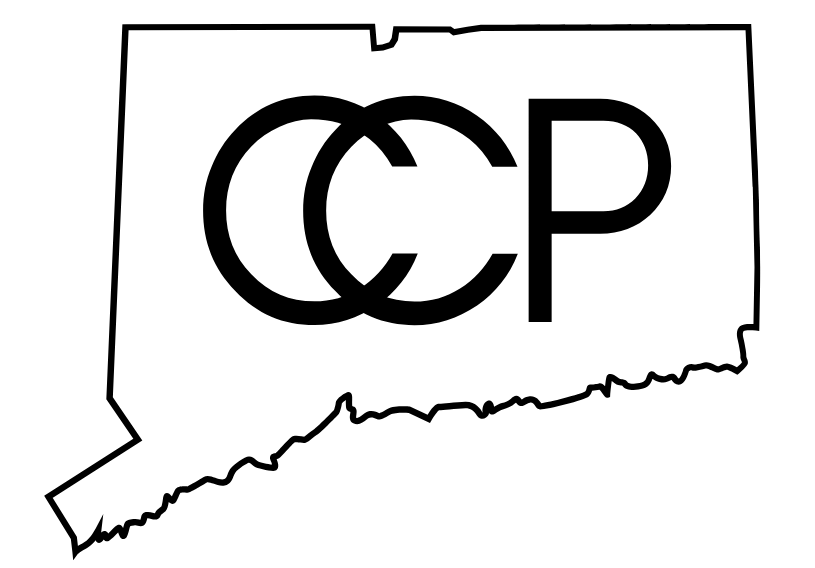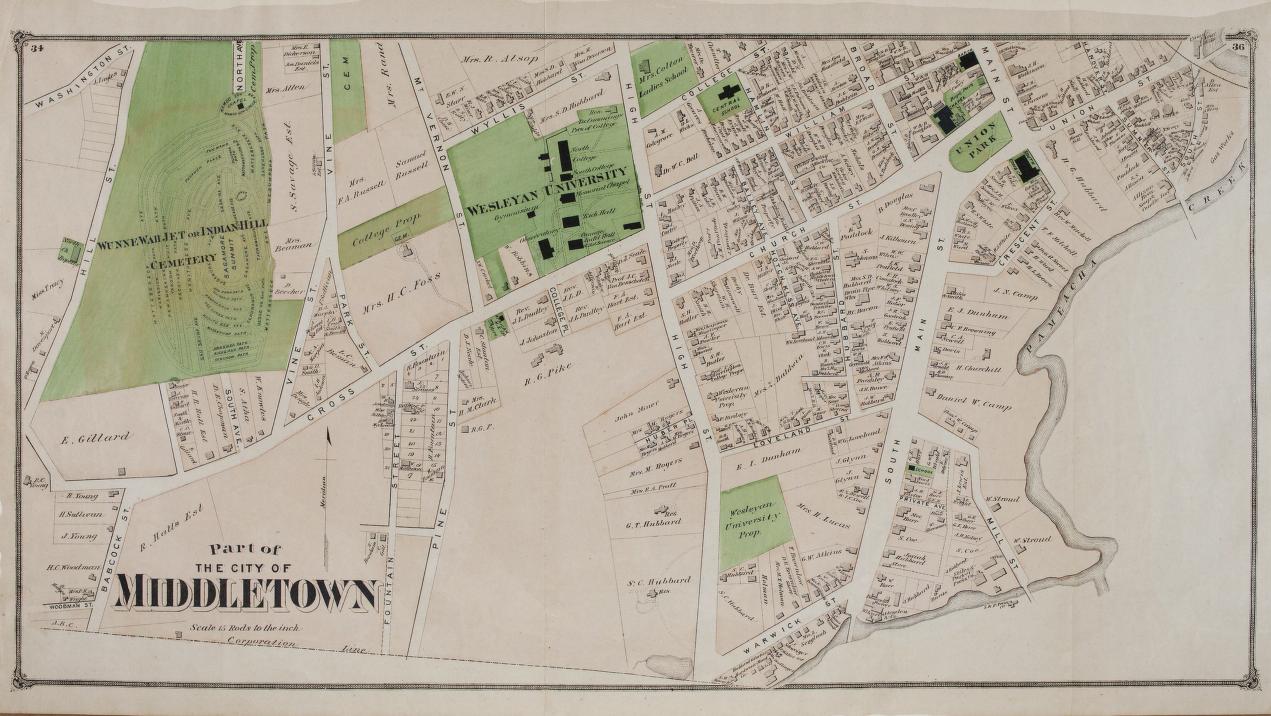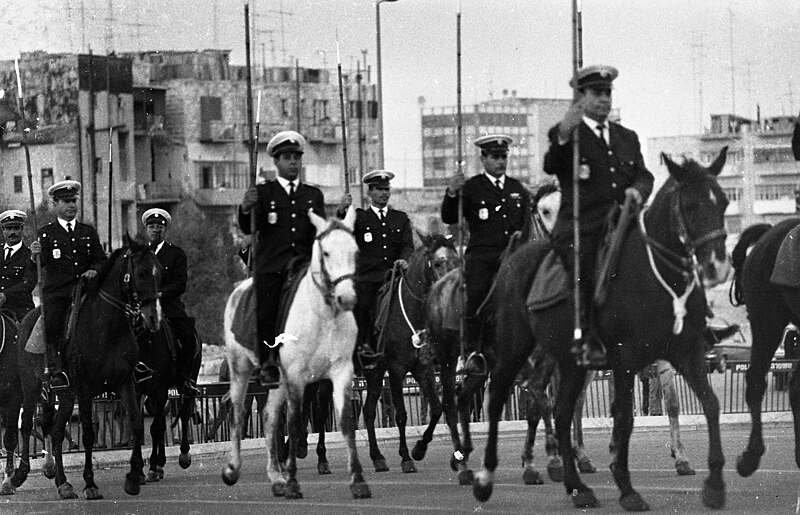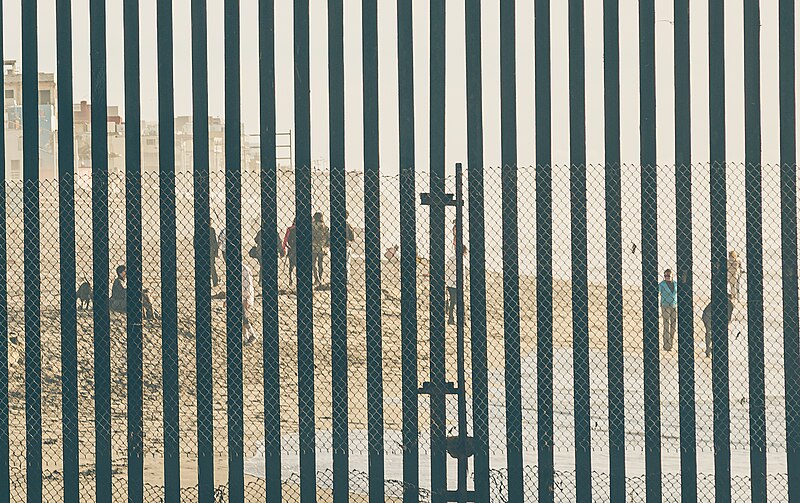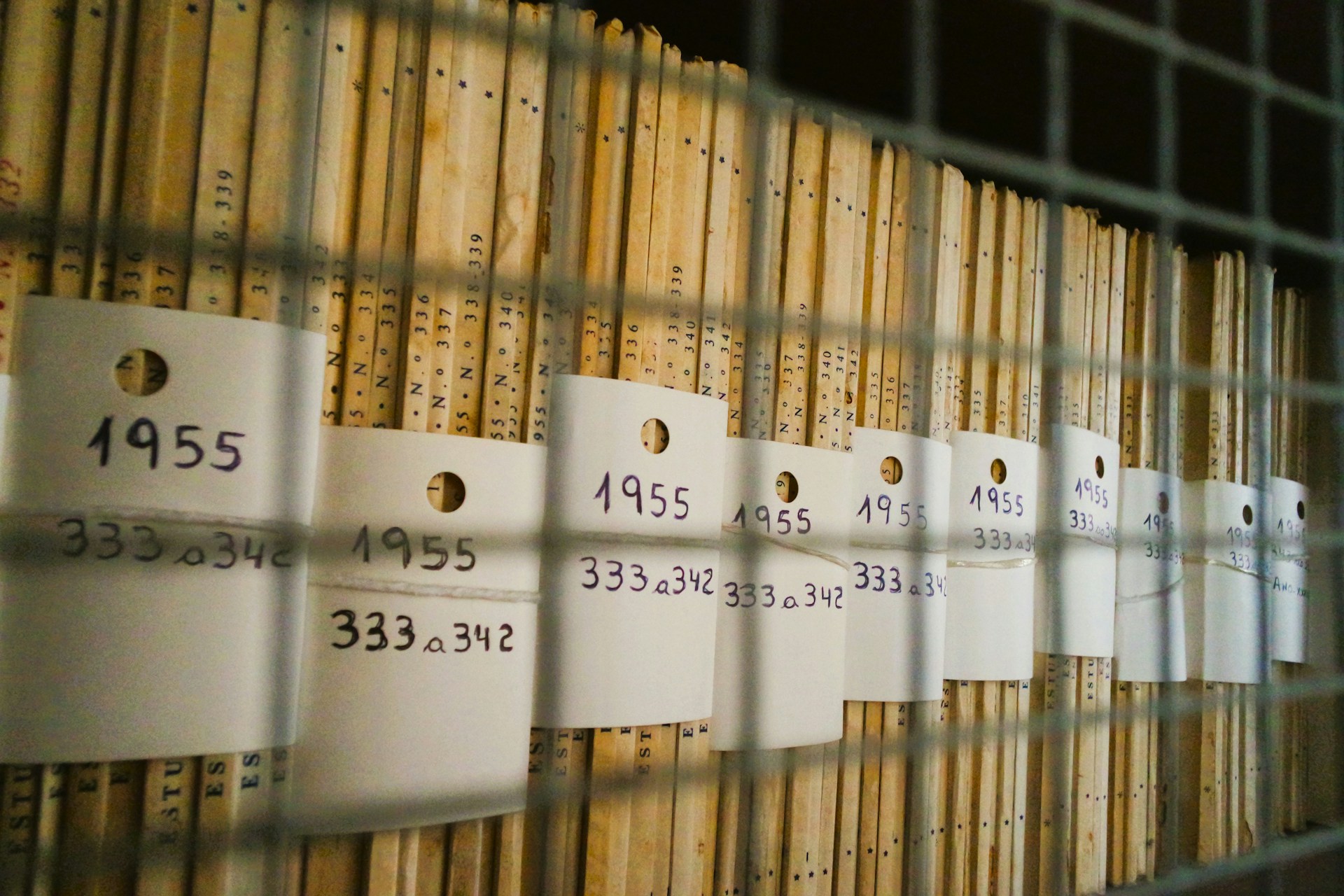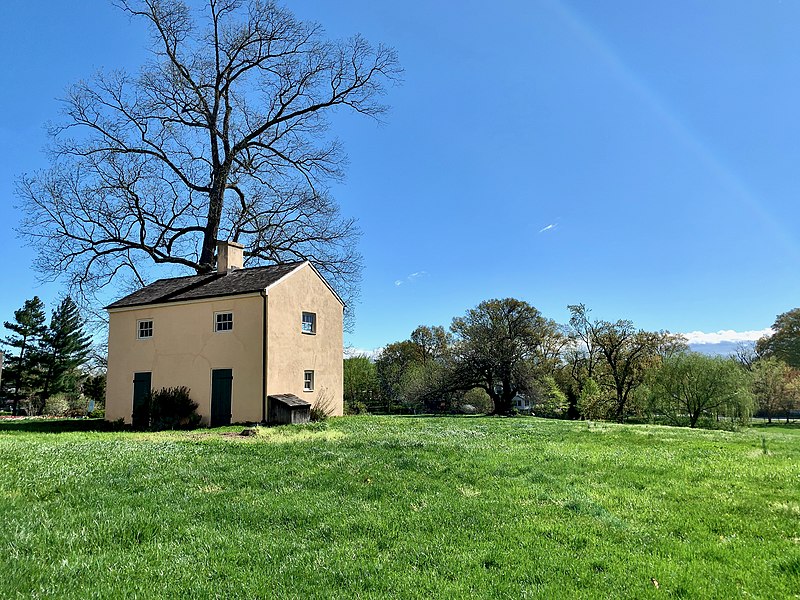The U.S./Mexico border is not only a geographical boundary, but a complex mapping project, where governments and corporations project their visions of the landscape into policies and boundaries, only to run afoul of people, terrain, and climate. Therefore, this course served two interrelated functions: 1) to explore borderlands as a concept and spatial relations, particularly at the U.S./Mexico border 2) to use digital tools to tell spatial stories about the border. While the current location of the border is often naturalized as an ahistorical and timeless dividing line between the United States and Mexico, this course acquainted students with a long historical approach and competing perspectives on issues arising from the presence of the U.S./Mexico border/lands. Using monographs, first-hand accounts, film, and music, we traced the recent history, politics, and culture of the borderlands, exploring topics like racialization, immigration, gender, place-making, and cultural exchange. At the same time, we examined and applied digital methods that complemented our understanding of the U.S./Mexico border.
